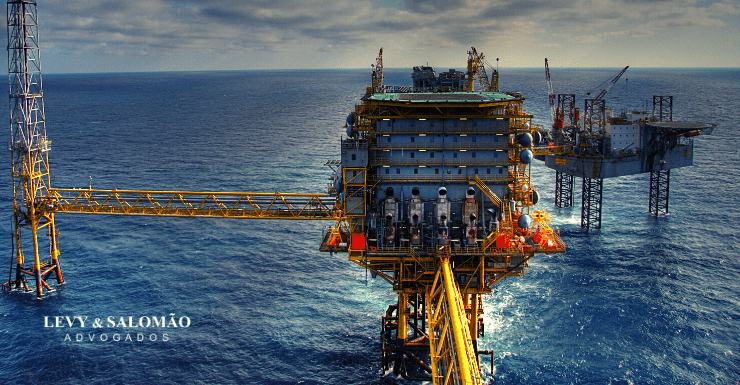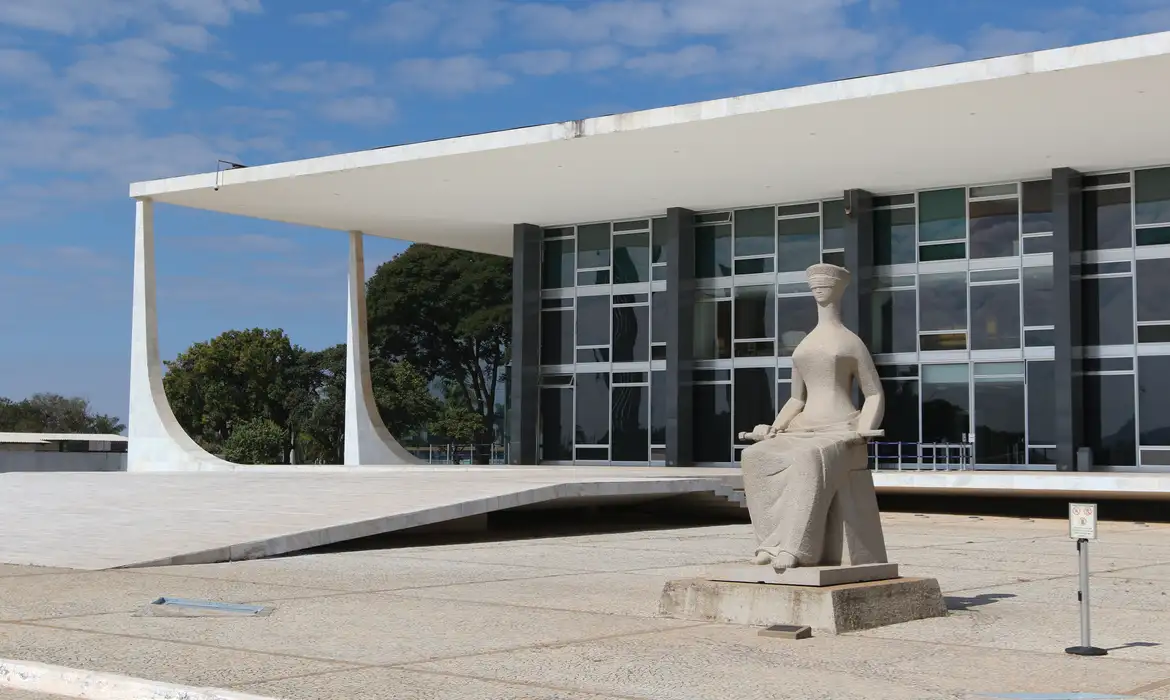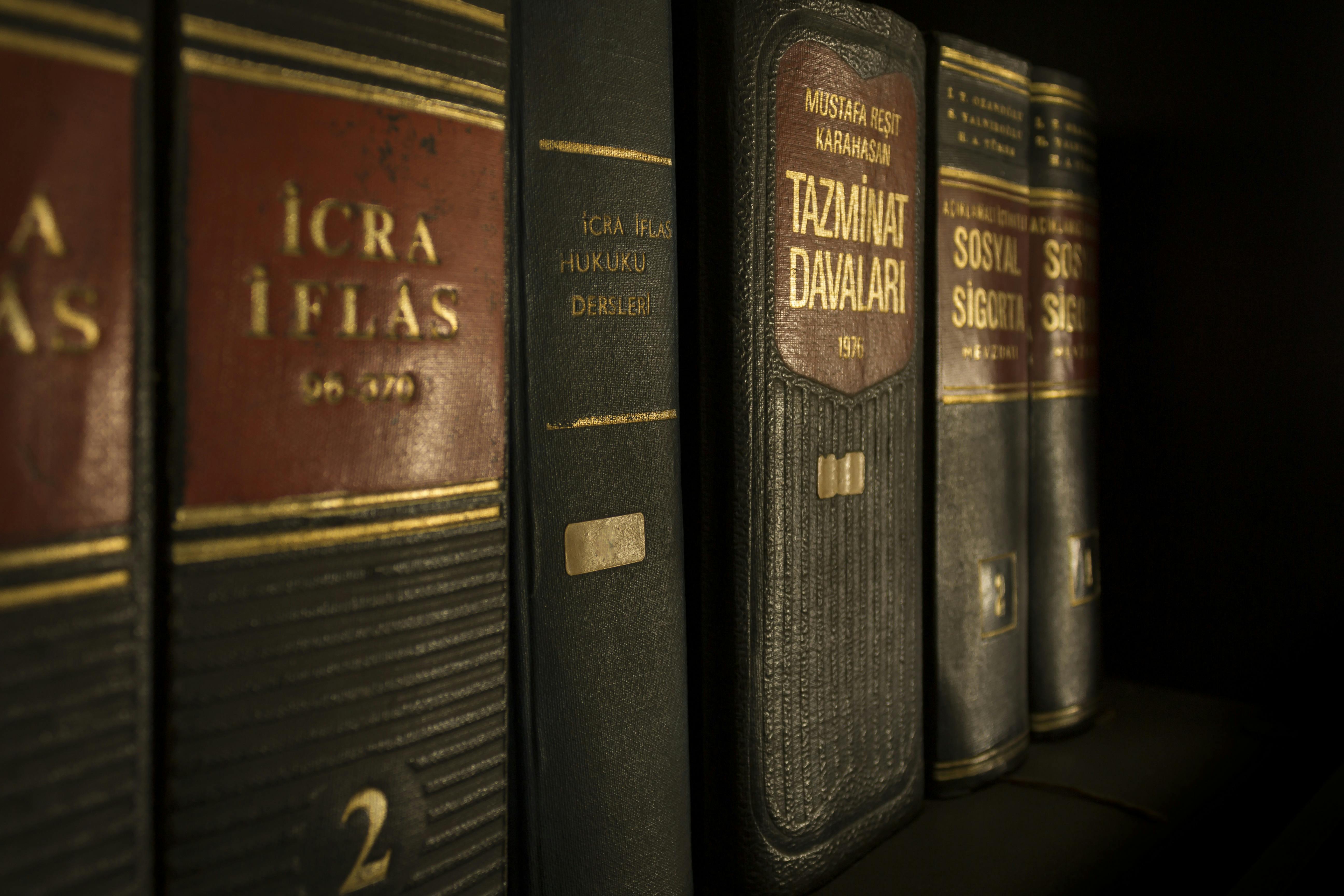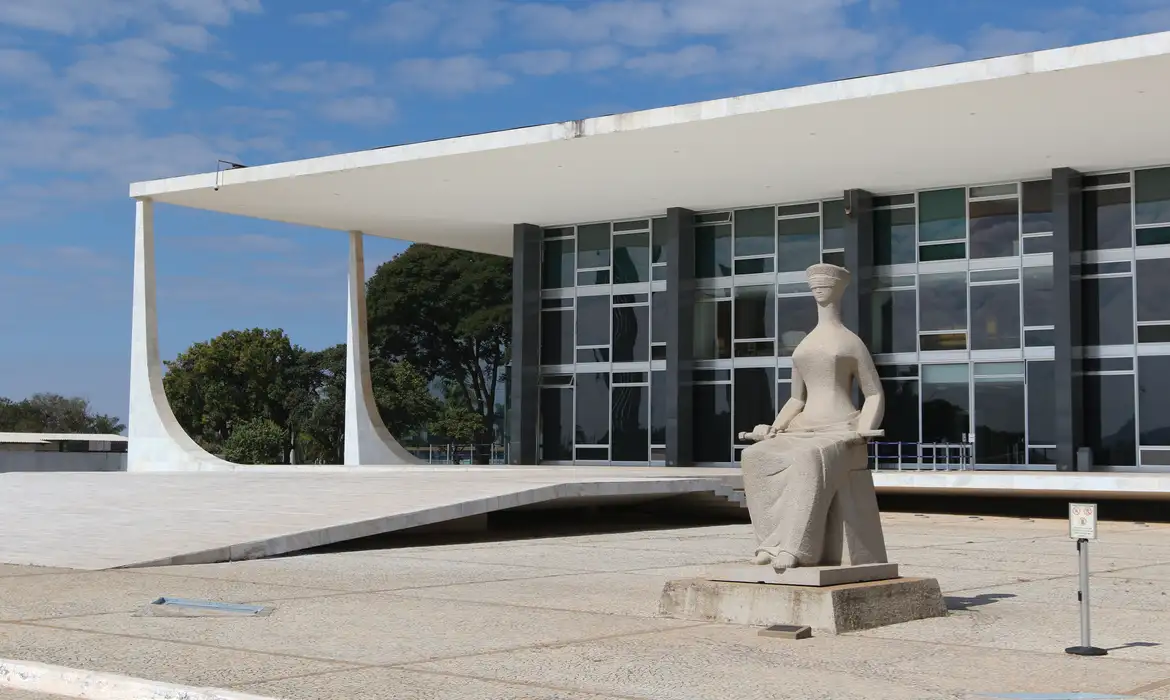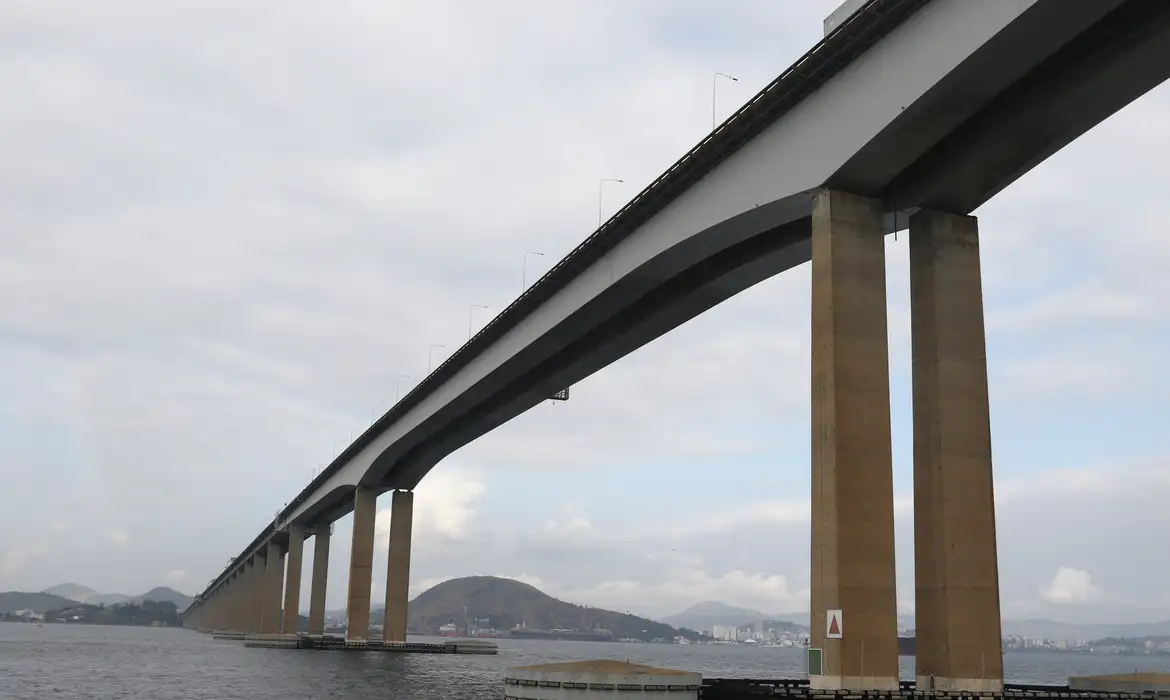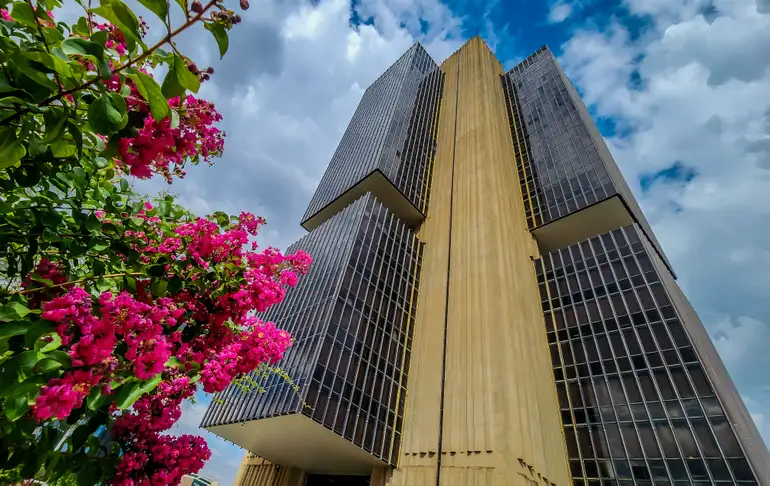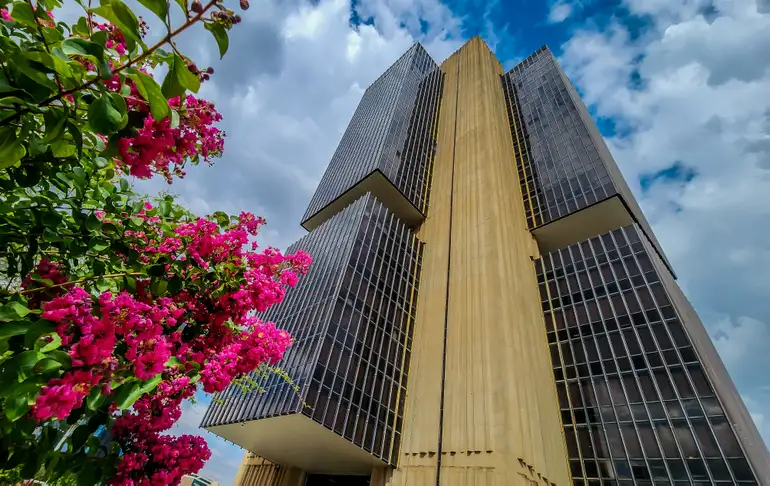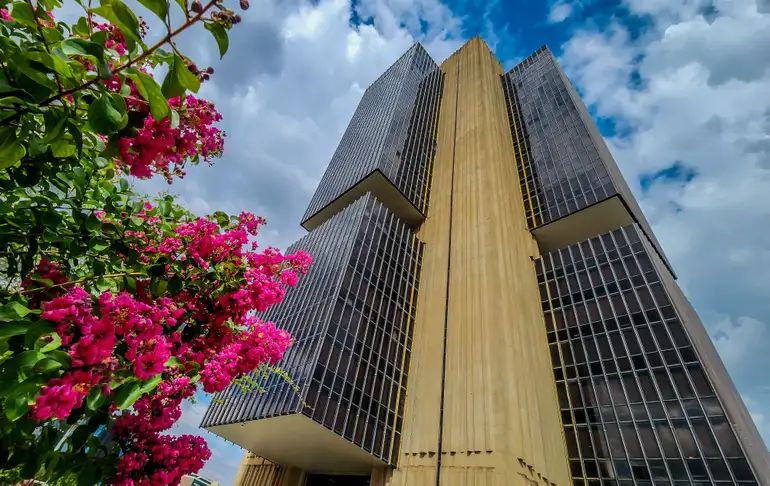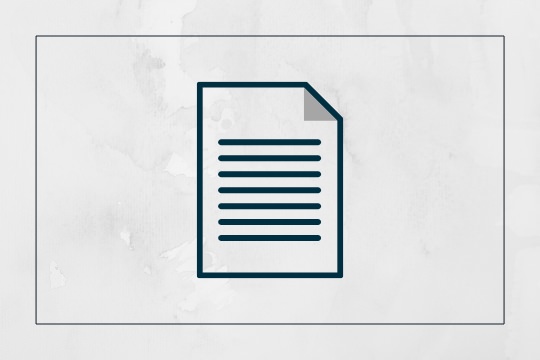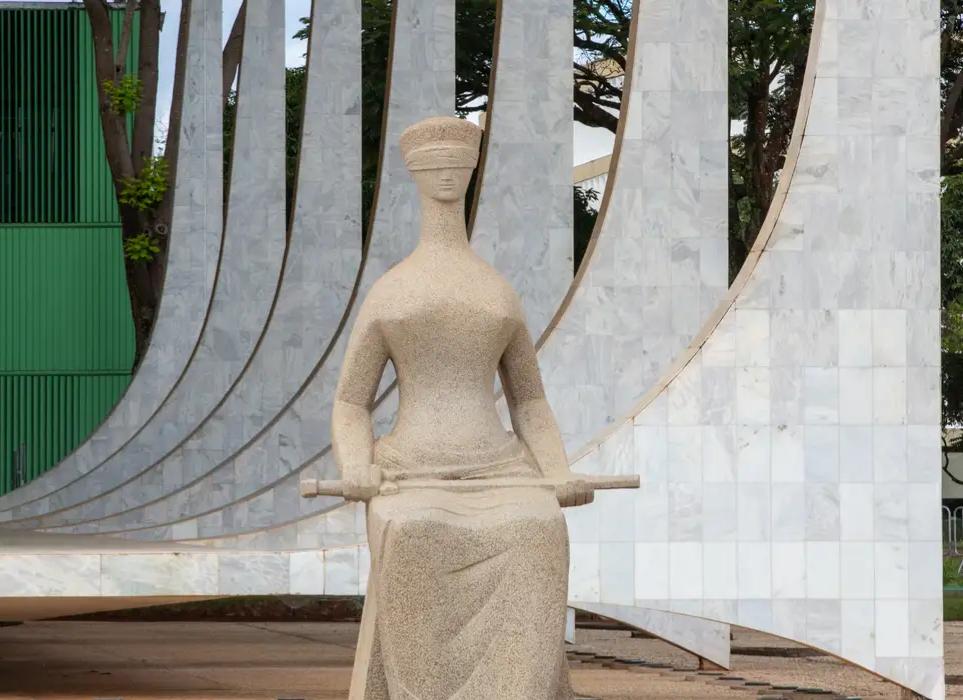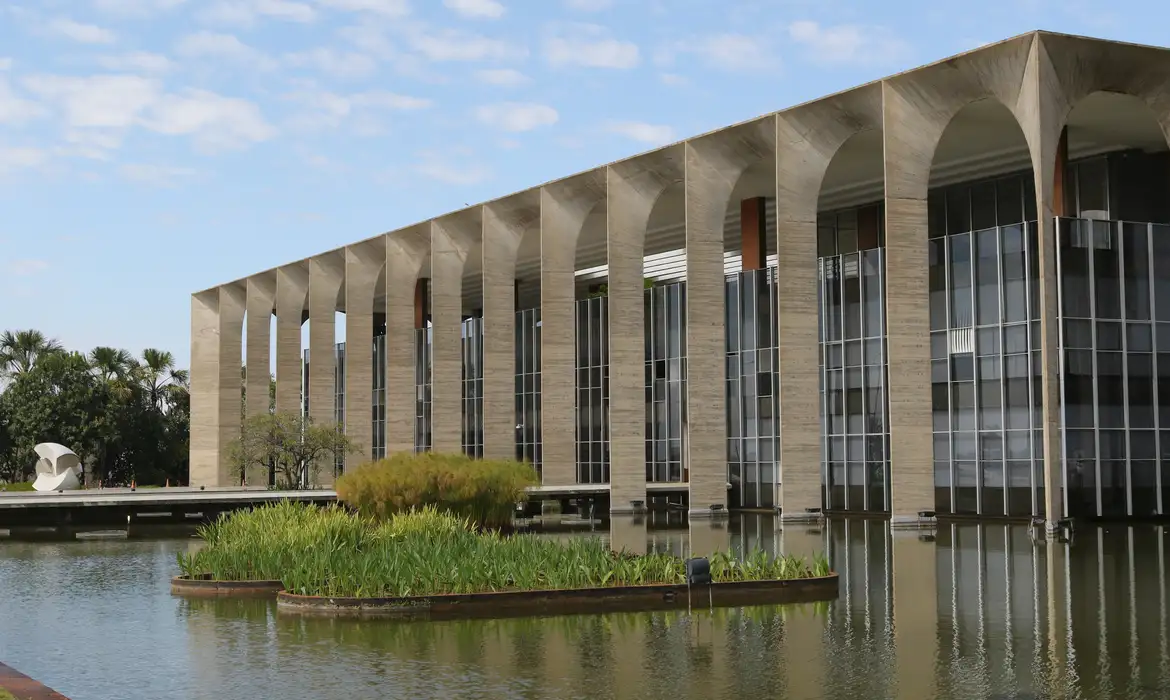Capital market’s infrastructure – crucial legal due diligence
M&A transactions involving entities that are part of the infrastructure of the Brazilian capital market require an extra level of care. Such entities include those that manage organized markets for securities – meaning stock exchanges and organized over-the-counter markets – or provide certain services to the capital market industry.
The legal due diligence is a common step in most M&A deals and thus is frequently seen as a simple and bureaucratic process. This error of judgment tends to hide significant risks, and this is particularly true when the target company provides infrastructure services to the capital market.
The level of scrutiny in a due diligence process shall take into account the circumstances of the transaction, including the parties and amounts involved. The process must provide valuable information to the parties, so that they can put in place appropriate contractual arrangements to address contingencies and risks. The problem resides in negotiating and closing a deal without knowing what the risks are.
A specific regulatory due diligence is highly recommended when an “infrastructure entity” is concerned, in addition to a legal due diligence in traditional areas, such as corporate, tax, civil and labor litigation, financial agreements, real estate, intellectual property, insurance, data protection, and compliance. The regulatory due diligence should focus not only on materialized contingencies (such as those already reflected in administrative proceedings), but also on routines and procedures, especially those related to internal controls and self-regulatory liabilities, so as to detect potential liabilities.
This is to say that the party performing the due diligence should “play the role of the supervisory authority” in scrutinizing the target company, instead of simply confirming that the target has the necessary governmental authorizations, that there are no relevant administrative procedures with the pertinent governmental authority – in this case, the Brazilian Securities Commission (Comissão de Valores Mobiliários – CVM) – and that there are no threatened procedures based on written communication exchanged between CVM and the target.
That is so because regulated entities are exposed to risks that are not necessarily revealed by a traditional legal due diligence. For instance, managing entities of organized markets for securities must identify market manipulation, the creation of artificial conditions of demand, supply, or price of securities, and the use of unfair practices within trading environments, and must adopt measures to cease the misconduct and punish responsible parties that are subject to its self-regulation power. The legal due diligence should thus assess the documentation related to these activities. Reviewing reports of the self-regulation department and interviewing employees responsible for those activities may be a revealing exercise.
Other examples of points that deserve specific attention in legal due diligences of entities managing organized markets for securities are highlighted below.
Trading environments and systems of an organized market must ensure transparency of offers and trades and an adequate price formation. Disputes over lack of transparency and inadequate price formation may bring up allegations of material damages.
Trading negotiation rules must provide for the suspension of trading in certain circumstances – for example, when there is public information that is vague or incomplete, or that otherwise casts a doubt on the contents or origin thereof, that in each case might have a relevant influence on the price of the security or mislead investors. Failure to suspend trading when required may also cause damages.
Managing entities must also prevent transactions whenever there are indications that they may breach applicable law or regulation. In such circumstances, the managing entity must cancel transactions that have not been settled yet, or, as applicable, suspend the settlement, or request that the clearing entity suspends it. Again, failing to exercise this power may give rise to damages claims against the managing entity.
The managing entity must send to CVM information on any event or indications of an event that may be a serious offense to CVM rules, including rules related to disclosure of material facts, creation of artificial conditions of demand, supply, or price of securities, price manipulation, fraudulent operations, and unfair practices.
Failure to follow any of the obligations above may attract administrative penalties to the managing entity, including in more serious cases cancellation by the CVM of the authorization to manage the organized market, in addition to civil liabilities.
Similar concerns apply to certain services providers within the capital market infrastructure. For instance, registers of securities and depository entities must keep track of securities and their ownership and are also responsible for registering guarantees over securities. Failure to comply with its duties may expose the entity to significant civil liabilities, in addition to CVM penalties and the risk of losing the authorization to operate. Therefore, such entities must have efficient and secure systems, and must also keep registers that are able to confirm the status of the securities, the conciliation with issuer’s records, and to allow full traceability of activities performed within their systems.
In a nutshell, whenever a regulated entity is involved in a transaction, a serious specific legal due diligence is even more important. Disregarding it may expose the buyer in an M&A deal to contingencies that may not be solved by contractual provisions alone.











